May linkfest
/ The monthly News post wasn't one of our most popular features, so it's on the shelf. Instead, I thought I'd share all the most interesting, quirky, mind-blowing, or just plain cool things I've spotted on the web over the last month.
The monthly News post wasn't one of our most popular features, so it's on the shelf. Instead, I thought I'd share all the most interesting, quirky, mind-blowing, or just plain cool things I've spotted on the web over the last month.
– Do not miss this. One of them stands out above all the others. If you like modern analogs and satellite imagery, you're going to love Google Earth Engine. I've started a list of geologically interesting places to visit — please add to it!
– More amazing images. I'll never get bored of looking at gigapans, and Callan Bentley's are among the best geological ones. I especially like his annotated ones.
– Classic blog. Greg Gbur writes one of the best physics blogs, and his focus is on optics, so there's often good stuff there for geophysicists. This post on Chladni patterns is pure acoustic goodness and well worth a slow read.
– New geoscience blog. Darren Wilkinson is a young geoscientist in the UK, and writes a nice geeky blog about his research.
– Brilliant and simple. Rowan Cockett is a student at UBC, but builds brilliant geological web apps on the side. He has a knack for simplicity and his latest creation makes stereonets seem, well, simple. Impressive.
– New magazine. Kind of. There's not enough satire or ragging in the petroleum press, so it's refreshing to hear of Proved Plus Probable, a fairly wacky weekly online rag emanating from Calgary [thanks to Dan for the tip!]. Top headline: Legendary geologist invents new crayons.
– Counter-factual geology. I love these pictures of an imagined ring around earth.
– Never buy graph paper again. Make some just how you like it!
– Bacon. It was a revelation to find that some rocks look just like bacon.
That's it! I share most of this sort of thing on Twitter. Really useful stuff I tend to stick on my pinboard — you're welcome to browse. If you have a geological or geeky bookmark collection, feel free to share it in the comments!
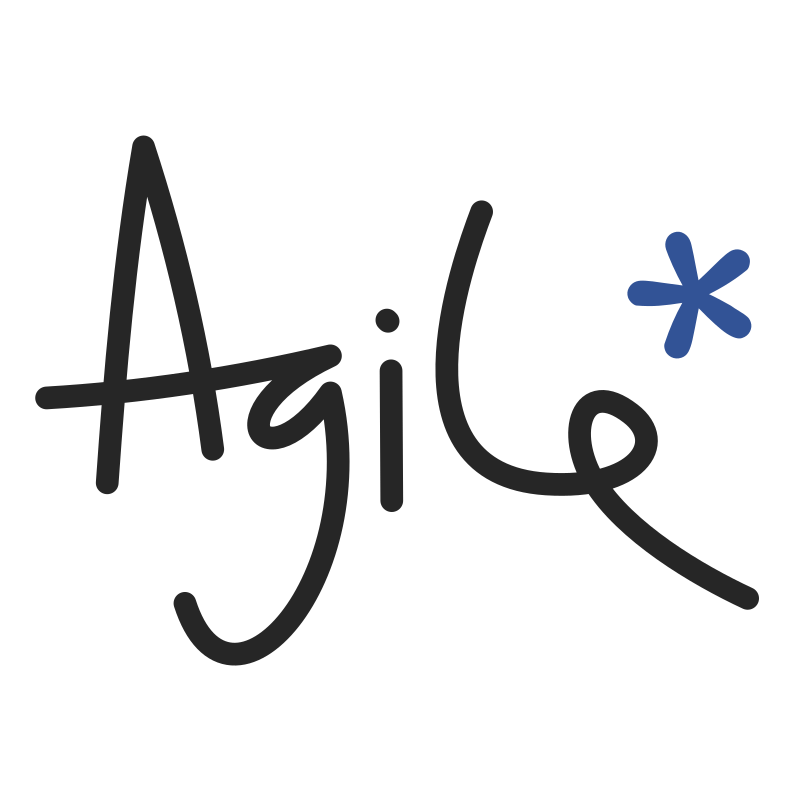



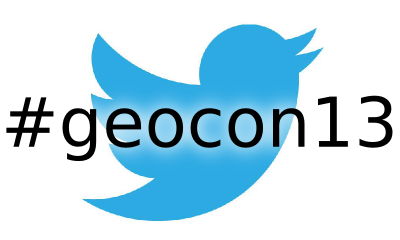

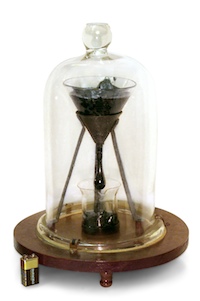
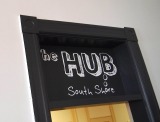


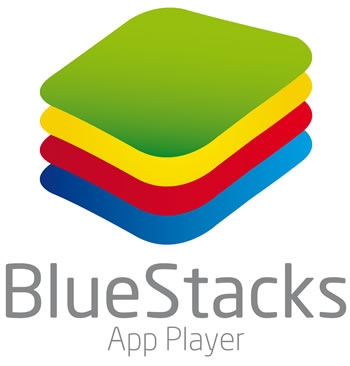
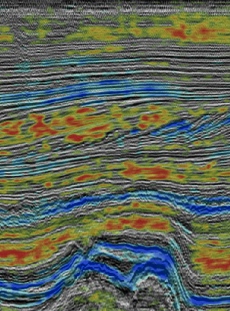
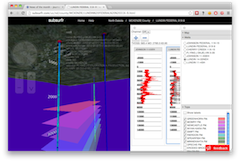


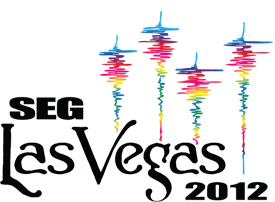

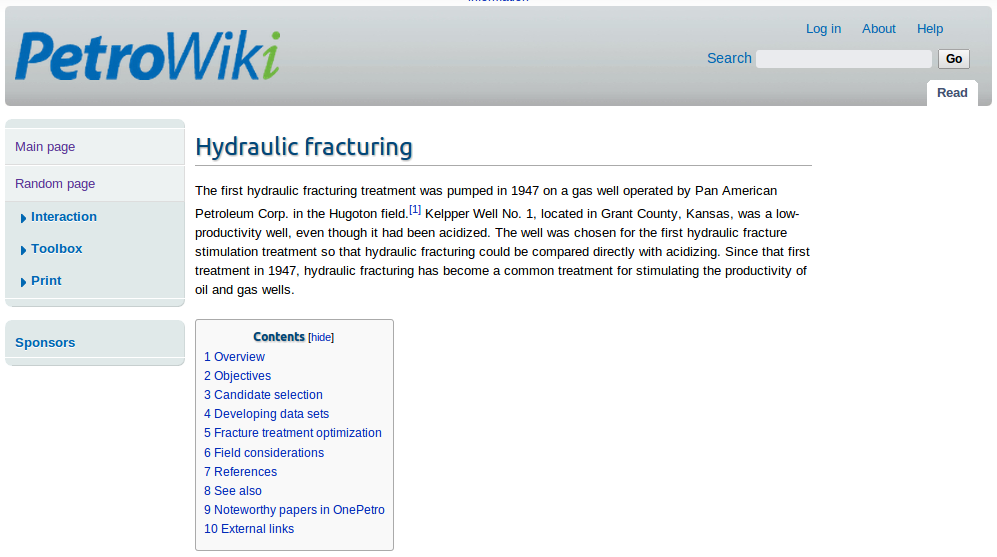
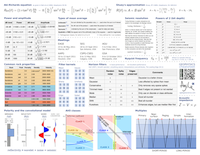



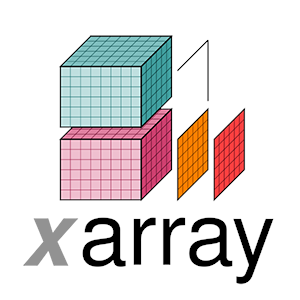

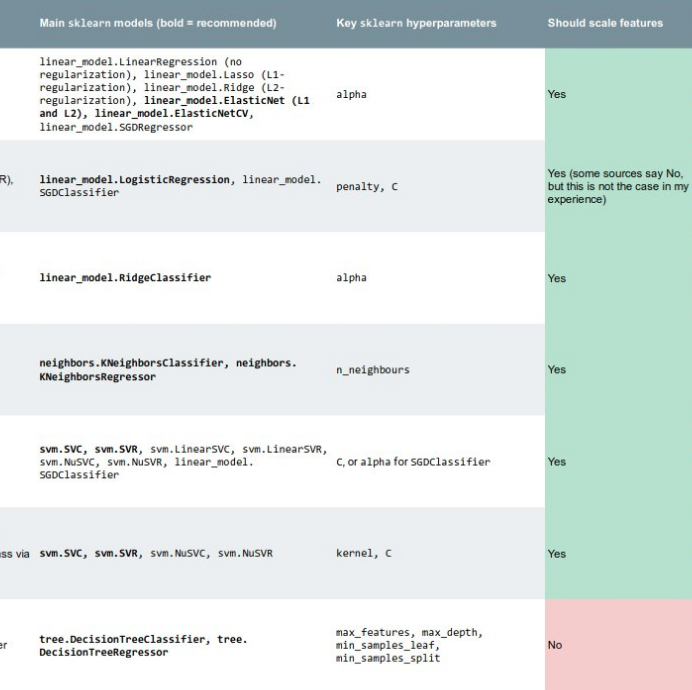

 Except where noted, this content is licensed
Except where noted, this content is licensed